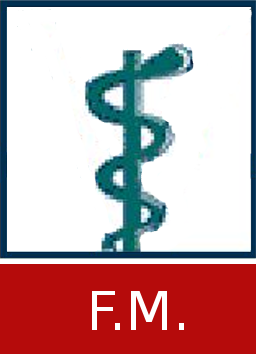Thesis, COLLÉGIALITÉ
Charlet-Briart, Manon 
Promoteur(s) :
Laguesse, Sophie 
Date de soutenance : 6-jui-2022 • URL permanente : http://hdl.handle.net/2268.2/14801
Détails
| Titre : | Thesis, COLLÉGIALITÉ |
| Auteur : | Charlet-Briart, Manon 
|
| Date de soutenance : | 6-jui-2022 |
| Promoteur(s) : | Laguesse, Sophie 
|
| Membre(s) du jury : | Blomme, Arnaud 
Lakaye, Bernard 
Delacroix, Laurence 
|
| Langue : | Anglais |
| Mots-clés : | [fr] Neurosciences [fr] Alcohol |
| Discipline(s) : | Sciences du vivant > Multidisciplinaire, généralités & autres |
| Institution(s) : | Université de Liège, Liège, Belgique |
| Diplôme : | Master en sciences biomédicales, à finalité approfondie |
| Faculté : | Mémoires de la Faculté de Médecine |
Résumé
[fr] Alcohol addiction is characterized by the loss of control over drinking. In our country, 1 in 10 persons present difficulties to control its consumption. Unfortunately, there are few treatments currently available and they present low efficiency. For decades, alcohol addiction has been considered as a pathology that develops during adulthood. However, recent studies indicate that the roots of alcohol addiction may begin to grow much earlier in life, and they precisely pointed toward adolescence. Adolescents consume a lot of alcohol and particularly high amounts of alcohol in a short time, a pattern called “binge-drinking”. However, adolescents are more sensitive to alcohol than adults because of the immaturity of their brain. Indeed, after birth, the brain continues to maturate until 25 years old and the last brain region to become mature is the prefrontal cortex. This part of the brain is responsible for executive function and a master center for impulse inhibition. Consequently, its immaturity in teenagers explains their typical behaviors, with increased impulsivity and desire of risk-taking. We used a mouse model of adolescent alcohol exposure (AAE) previously described to induce the progressive development of severe behavioral impairments related to prefrontal cortex malfunction. The aim of this work was to use this AAE mouse model to study the impact of alcohol on the activity of mTORC1 (= mechanistic Target of Rapamycin Complex 1), a major regulator of the local translation, in the prefrontal cortex. In addition, this research project investigates a potential rescue of alcohol-induced behavioral consequences, via modulation of mTORC1. In order to assess mTORC1 activity, western blotting and immunohistochemistry techniques were used. In addition, 2 behavioral tests were used to study the impact of mTORC1 inhibition on anxiety levels and alcohol consumption: the Elevated Plus Maze and the 2-bottle choice tests. Results showed that mTORC1 is activated in the prefrontal cortex of adolescent mice after alcohol exposure. Furthermore, systemic inhibition of mTORC1 rescues the increased anxiety and alcohol addiction levels induced by AAE in adult mice.
Fichier(s)
Document(s)

 CharletBriart_Manon_Thesis.pdf
CharletBriart_Manon_Thesis.pdf
Description:
Taille: 11.52 MB
Format: Adobe PDF
Citer ce mémoire
L'Université de Liège ne garantit pas la qualité scientifique de ces travaux d'étudiants ni l'exactitude de l'ensemble des informations qu'ils contiennent.


 Master Thesis Online
Master Thesis Online




